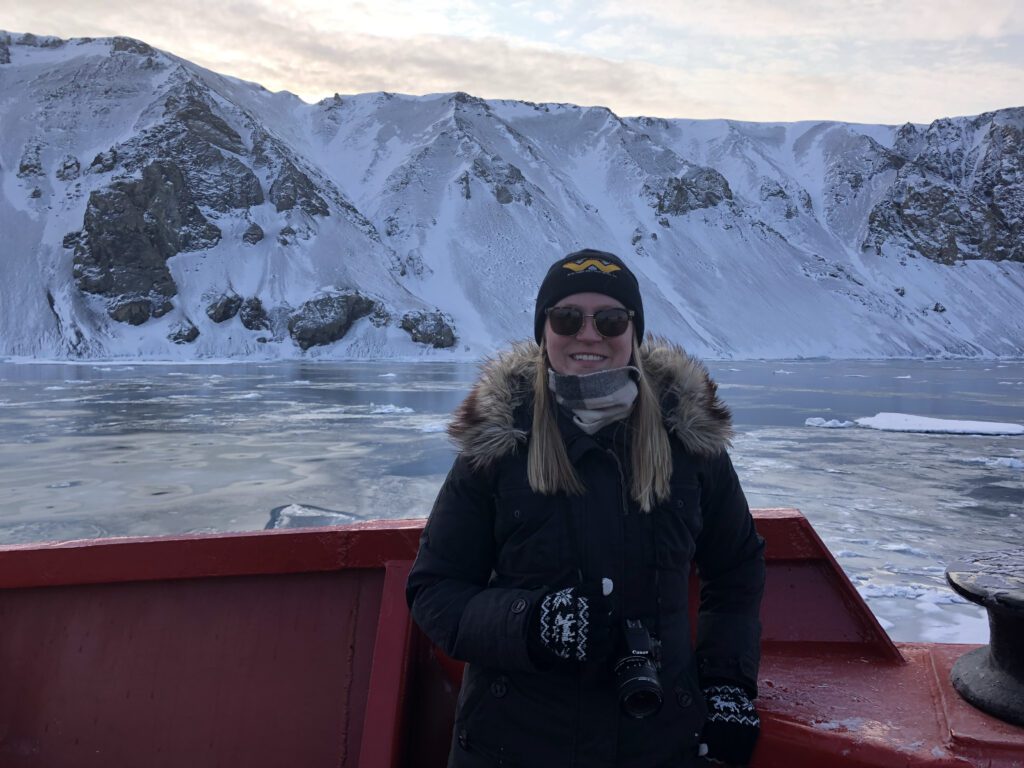The Canadian Arctic, increasingly ice-free due to melting multi-year sea ice, exhibits high pCO2 uptake in regions with extended open-water seasons. The reduction in sea ice enhances air-sea CO2 exchange by exposing more surface area, although its overall impact on carbon uptake is debated. The loss of ice also accelerates warming via ice-albedo feedback, further intensifying sea-ice melt.
Baffin Bay follows a seasonal sea-ice cycle, with near-complete ice coverage in late winter and mostly open water by September. While research on surface-water pCO2 in Baffin Bay has been limited, studies suggest it acts as a moderate to strong sink for atmospheric CO2. However, the variability of pCO2 across the bay and its seasonal dynamics are still not fully understood. This study aims to offer a detailed spatial and temporal analysis of pCO2 in Baffin Bay, focusing on the biogeochemical and physical factors that influence it, which is key to predicting how Arctic warming might affect CO2 uptake.
Using an 11-year dataset (2011–2021), the study examines surface-ocean pCO2 in Baffin Bay during the open-water season (June–October) to establish a baseline understanding of seawater carbon dynamics. During this period, surface-ocean pCO2 is typically undersaturated compared to atmospheric CO2, making Baffin Bay a potentially stronger CO2 sink than other western Arctic regions. pCO2 levels are lowest in June, increase through July, August, and September, and stabilize in October. The variability in pCO2 is region-specific, controlled by local hydrography and the timing of sea-ice retreat. While sea-surface temperature is a dominant control, non-thermal factors like biological activity, sea ice, and circulation also influence pCO2. In the Baffin Island Current, pCO2 is largely driven by the seasonal sea-ice cycle, peaking in early spring under extensive ice cover. Freshening from ice melt lowers pCO2, indicating that meltwater dilution is a crucial factor. In contrast, pCO2 in the more ice-free West Greenland Current is lower and primarily controlled by temperature. Given the high spatial and temporal variability in pCO2, future studies will aim to quantify regional differences in air-sea CO2 fluxes throughout Baffin Bay.



